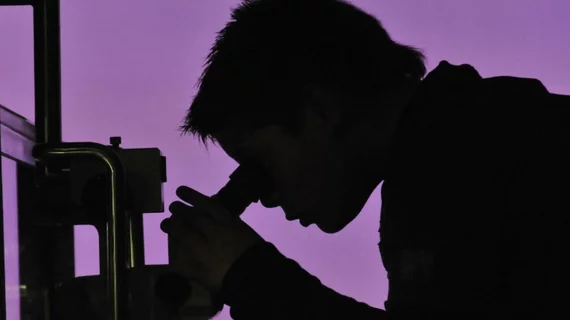New research sheds light on imbalance in cancer imaging studies
A recent deep dive into cancer imaging research compared studies relative to incidence and mortality rates per cancer type to identify any potential disproportionality.
The research, published in Clinical Imaging, examined 620 cancer imaging studies from the top 25 imaging-related journals to come up with publication-to-incidence and publication-to-mortality ratios.
“Incidence and mortality rates are leading metrics in determining the global burden of individual cancer types. These metrics could possibly also guide societies' priorities for cancer research,” explained corresponding author Robert M. Kwee, from the department of radiology at Zuyderland Medical Center in the Netherlands, and co-author Thomas C. Kwee, from the department of radiology at University Medical Center Groningen, the Netherlands. “Identification of cancer types that stay relatively underexposed in the scientific literature relative to their incidence and mortality may be important for policymakers, funding bodies, patient organizations, scientists, and journals to reconsider research and publication priorities.”
After pouring through a sampling of 2,500 articles, the authors calculated the publication-to-incidence and publication-to-mortality ratios. The five most investigated cancers were female breast cancer (20.2%), prostate cancer (13%), liver cancer (12.9%), lung cancer (8.8%) and cancers in the central nervous system (8.1%).
Cancers of the central nervous system and liver had publication-to-incidence ratios >2, meaning that the publication rates were higher relative to the incidence of those cancers. In contrast, nonmelanoma of the skin, leukemia, stomach cancer and laryngeal cancer had publication-to-incidence ratios <0.2, suggesting that studies on those topics lag in comparison to how often they are diagnosed. Similar trends were reported for the publication-to-mortality ratios.
The authors note that the unbalanced ratios could be due, at least in part, to some cancers, such as melanoma, that do not require medical imaging for diagnosis. They also point to financial resources, or lack thereof, which may inhibit researchers’ ability to conduct image-related studies, thus creating disparities.
“Although our results do not provide direct evidence to support the hypothesis that some cancer types are simply underinvestigated, they give reason for further analysis and reflection,” the authors wrote. “This may perhaps lead to a more equal distribution of research resources among the various cancer types, and ultimately improve the effectiveness of cancer imaging research for the needs of society.”
More on oncology imaging:
Specialized ultrasound can accurately detect prostate cancer, new research shows
Multimodal AI platform can accurately diagnose and stage thyroid cancer via ultrasound images
Breast MRI screening cuts cancer mortality rates in half for women with lesser-known gene mutations
Significant uptick of late-stage cancer diagnoses attributed to COVID

